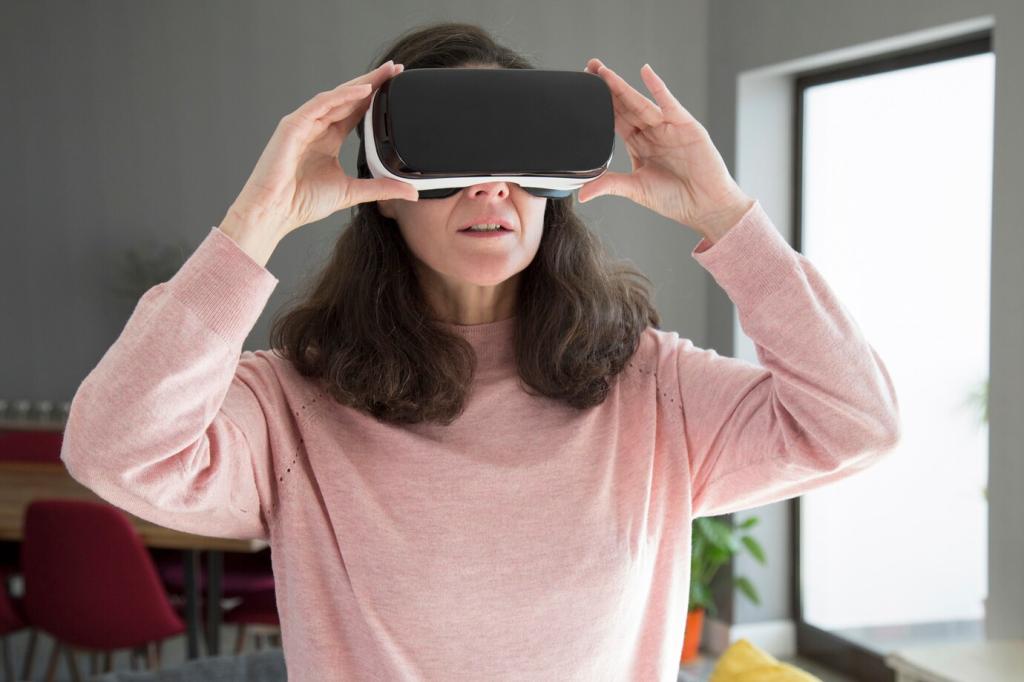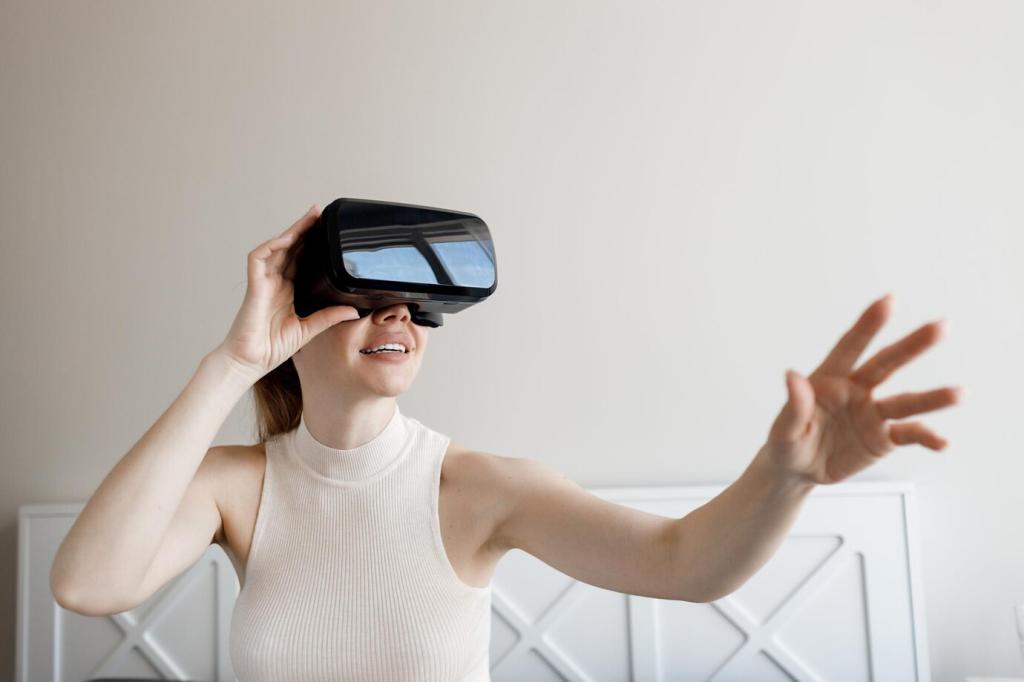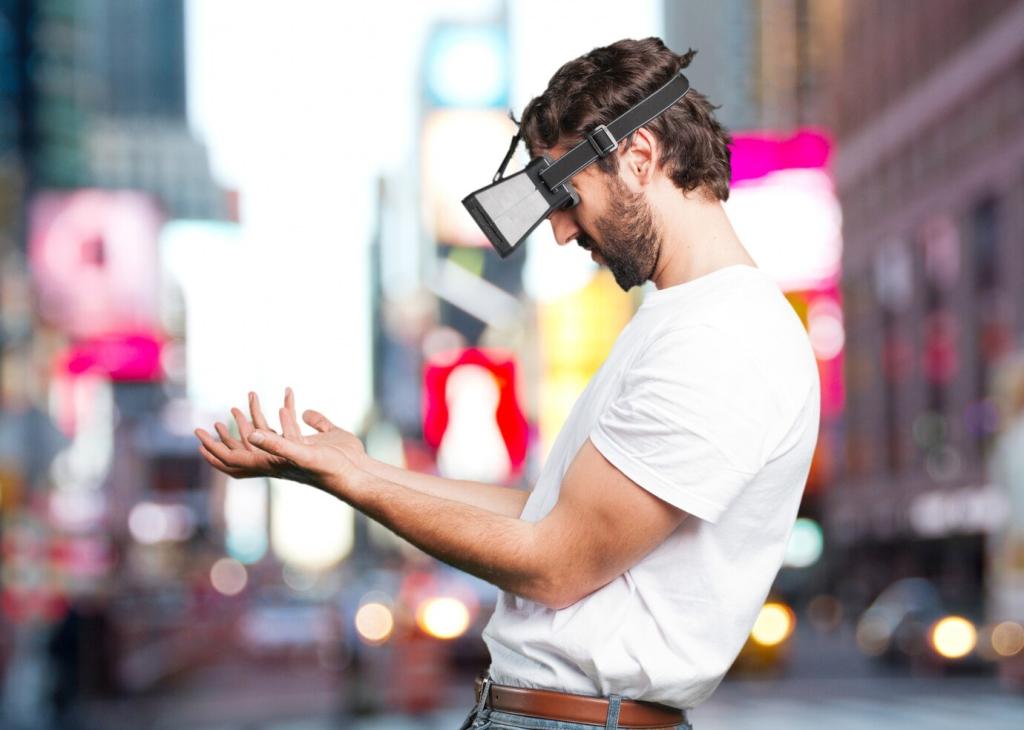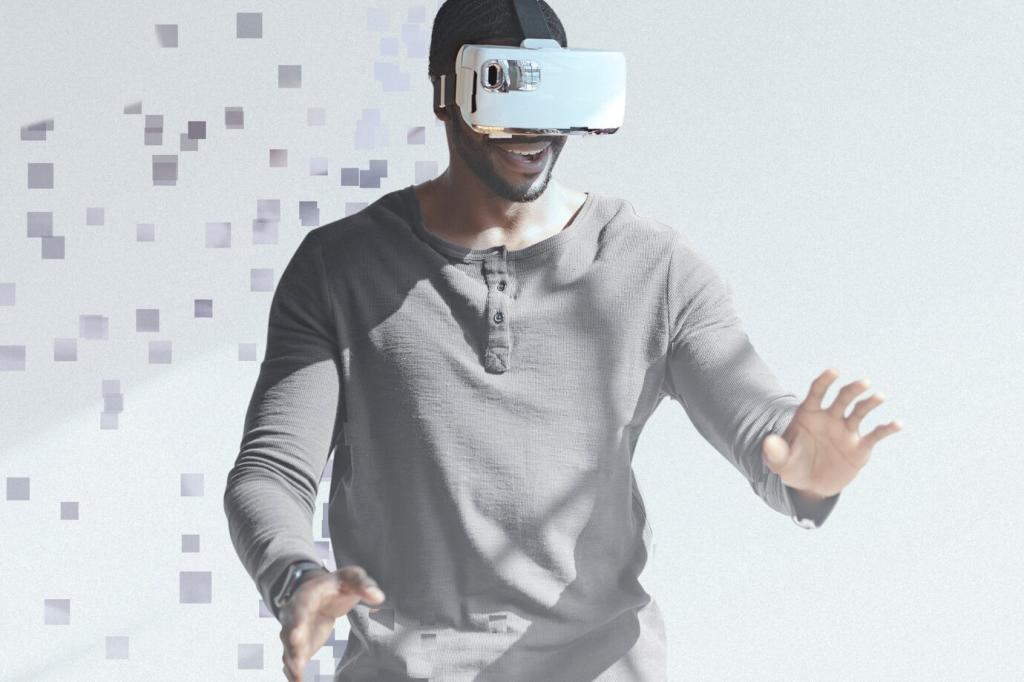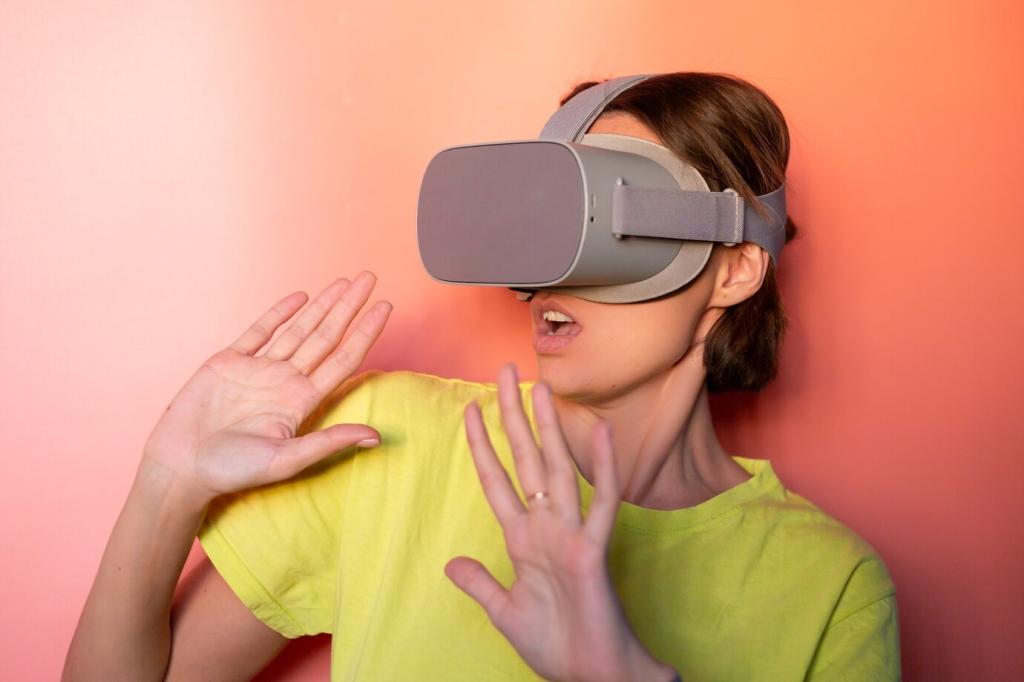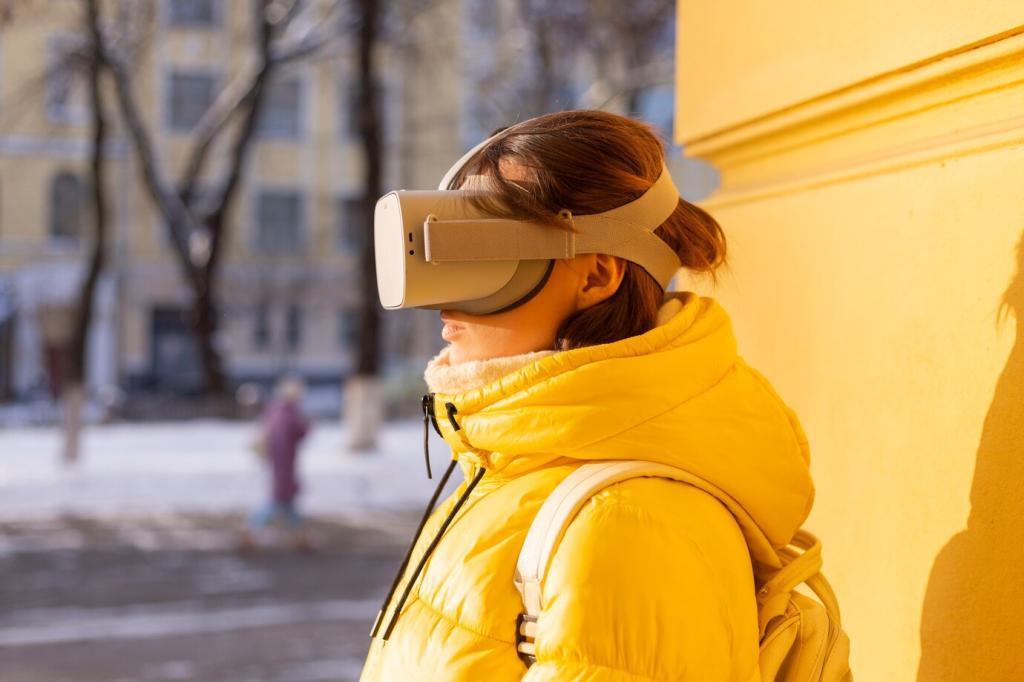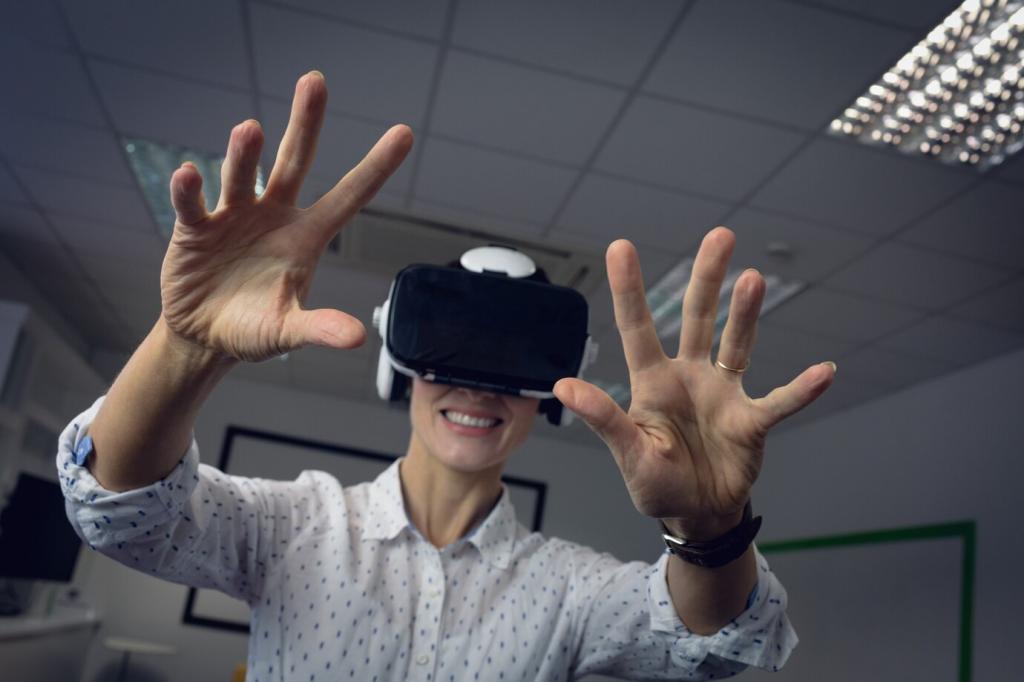Hardware Trends Steering Design Choices
Designers work within narrower fields by anchoring essentials centrally and cueing peripheral content. Passthrough quality informs realism and comfort. How do you prioritize elements as FOV and clarity vary by device?
Hardware Trends Steering Design Choices
Trends balance direct hand input with reliable controller affordances, layering tactile feedback for confidence. Micro-haptics and audio clicks confirm intent. Which combinations deliver the smoothest learning curve for newcomers?
Hardware Trends Steering Design Choices
Shorter, purposeful sessions with clear milestones are winning. Designers chunk tasks, cache assets, and fade gracefully when power dips. What strategies help your experiences stay delightful within tight energy budgets?

